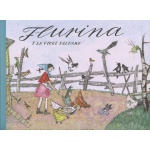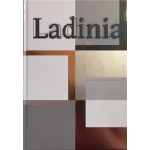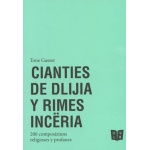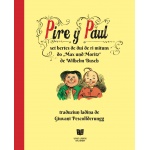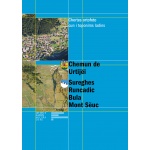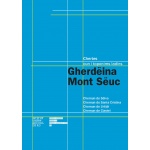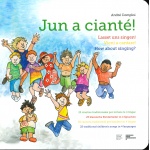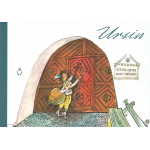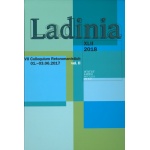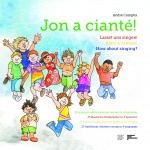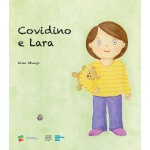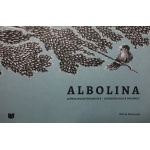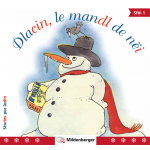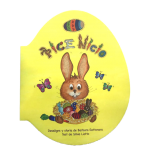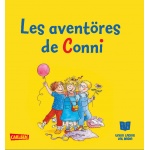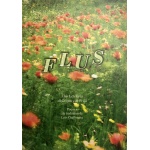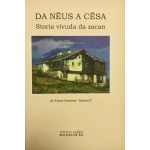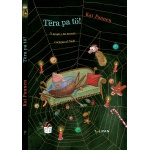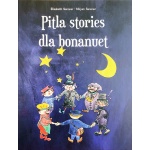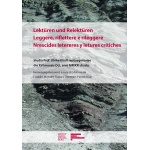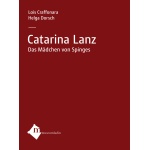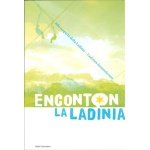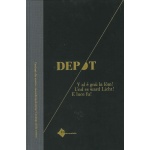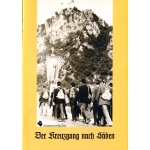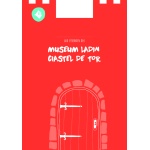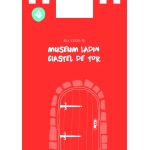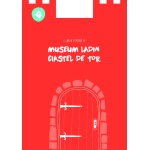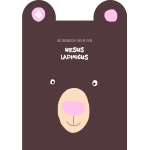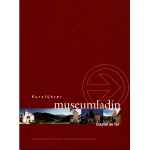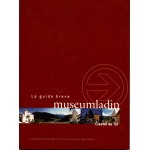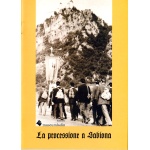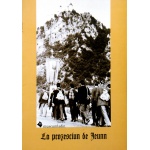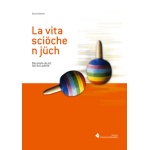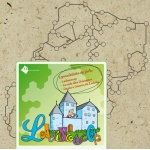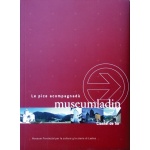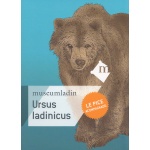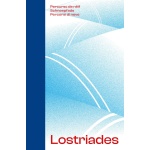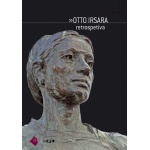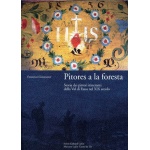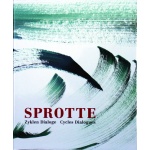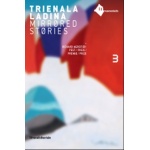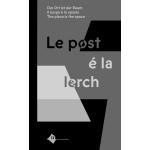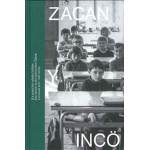Sort de documënt: Revista Ladinia
Titul: Dai ladini ai Walser: elementi di continuità e distorsione della figura femminile nei miti alpini
Dai ladini ai Walser: elementi di continuità e distorsione della figura femminile nei miti alpini
Mazzi, Clara
Descriziun: Ladinia XLV, 095–160
https://doi.org/10.54218/ladinia.45.95-160
Chësc articul é n stüde de confrunt che analisëia döes figöres feminines tles liëndes ladines, la gana y Donna Chenina, y les confrontëia cun d’atres figöres che ti somëia, ch’an ciafa te d’atres produziuns sparpagnades fora tl arch alpin. Al vëgn insciö verifiché sc’ares pó gní reportades a öna na personalité spezifica plü vedla, da chëra ch’al é spo gnü fora dötes les atres, cun sües pices variantes. Le stüde confermëia l’ipotesa de n sostrat celtich de referimënt da chël ch’al é nasciü ganes, dialas y fates, aladô dl post olach’ares é da ciafé tles Alpes. Chësc pón dí se basan sön le fat che les figöres feminines conscidrades á inoms desvalis, mo sües carateristiches essenziales é costantes, bun definides y che porta derevers, plü dessigü, a divinités dër vedles, venerades te n tëmp che l’Europa ê ciamó abitada da na popolaziun indoeuropeica, che â da püch conesciü l’agricoltöra y che ê popolada da sozietés matrilineares.
This article is a comparative study, in which a certain type of female figure from the Ladin mythology, the gana and Donna Chenina, is analysed and compared with similar figures found in other productions spread over the Alps, in order to verify whether they are all referable to one specific ancient figure from which all the others have descended with slight variations. The study confirms the hypothesis of a Celtic substratum to which it is possible to refer and which has formed ganes, dialas and fairies, according to where they can be found across the Alps. This is supported by the fact that these female figures have different names but their essential characteristics are constant, very precise and refer, most likely, to very ancient divinities, worshipped at a time when Europe was still an Indo-European group, had become familiar with agriculture and was probably populated by matrilineal societies.
https://doi.org/10.54218/ladinia.45.95-160
Chësc articul é n stüde de confrunt che analisëia döes figöres feminines tles liëndes ladines, la gana y Donna Chenina, y les confrontëia cun d’atres figöres che ti somëia, ch’an ciafa te d’atres produziuns sparpagnades fora tl arch alpin. Al vëgn insciö verifiché sc’ares pó gní reportades a öna na personalité spezifica plü vedla, da chëra ch’al é spo gnü fora dötes les atres, cun sües pices variantes. Le stüde confermëia l’ipotesa de n sostrat celtich de referimënt da chël ch’al é nasciü ganes, dialas y fates, aladô dl post olach’ares é da ciafé tles Alpes. Chësc pón dí se basan sön le fat che les figöres feminines conscidrades á inoms desvalis, mo sües carateristiches essenziales é costantes, bun definides y che porta derevers, plü dessigü, a divinités dër vedles, venerades te n tëmp che l’Europa ê ciamó abitada da na popolaziun indoeuropeica, che â da püch conesciü l’agricoltöra y che ê popolada da sozietés matrilineares.
This article is a comparative study, in which a certain type of female figure from the Ladin mythology, the gana and Donna Chenina, is analysed and compared with similar figures found in other productions spread over the Alps, in order to verify whether they are all referable to one specific ancient figure from which all the others have descended with slight variations. The study confirms the hypothesis of a Celtic substratum to which it is possible to refer and which has formed ganes, dialas and fairies, according to where they can be found across the Alps. This is supported by the fact that these female figures have different names but their essential characteristics are constant, very precise and refer, most likely, to very ancient divinities, worshipped at a time when Europe was still an Indo-European group, had become familiar with agriculture and was probably populated by matrilineal societies.
Lingaz: IT
Data: 2021
Autur: Mazzi, Clara
Copyright: Istitut Ladin Micurá de Rü - ISSN 1124-1004

